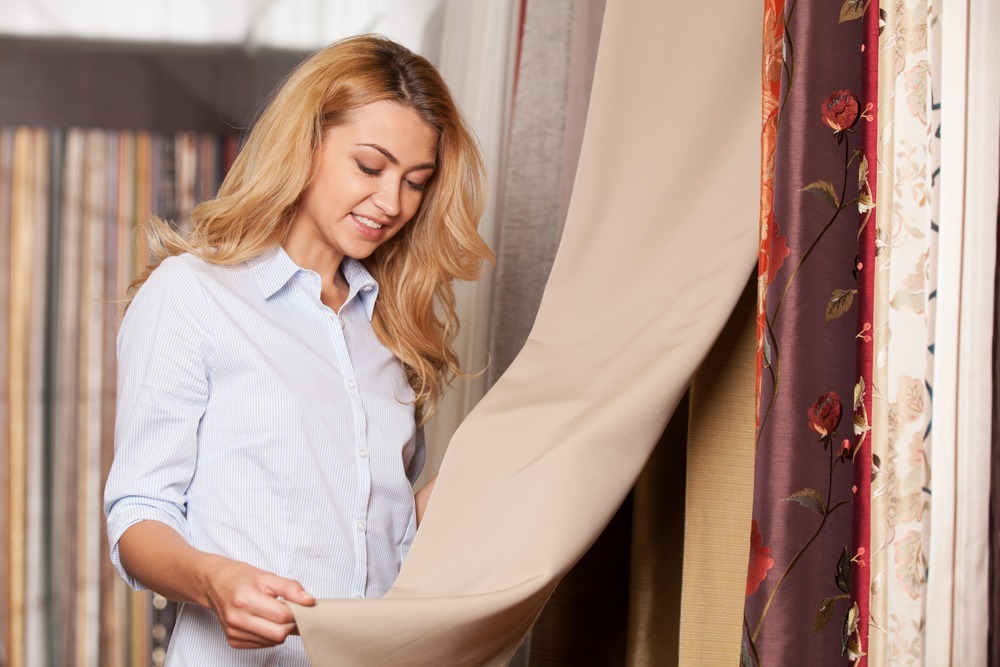 If you’ve recently switched out your old windows with nice, new vinyl replacement windows, or if you’re thinking of getting new windows soon, you might also want to consider getting some new curtains. New windows can help improve the look of a room and having new window coverings to go with them can make a room look even nicer.
If you’ve recently switched out your old windows with nice, new vinyl replacement windows, or if you’re thinking of getting new windows soon, you might also want to consider getting some new curtains. New windows can help improve the look of a room and having new window coverings to go with them can make a room look even nicer.
Of course, you can always buy new curtains, but if you like being able to make things yourself, you might want to try sewing your own curtains. Curtains can be a relatively simple sewing project, so even if you just have some basic sewing skills, you might be able to make some curtains yourself. But sewing the curtains is only half of the challenge. First, you’ll have to choose the right fabric.
When you walk into a fabric store, you’ll be faced with so many fabric options it can be hard to know where to begin. It’s important to remember that not all fabrics are created equally, so you can’t just choose the fabric that looks the nicest.
To get started, ask a store employee to point you in the direction of the decorator fabrics. Decorator fabrics tend to have higher thread counts than the types of fabrics you’d use for quilting or making clothes. Because of their higher thread count, decorator fabrics are heavier and more durable than other types of fabrics, so they’re ideal for a project like making curtains. But there are still more questions to consider when choosing the right fabric.
Are you looking for curtains that provide more coverage or let more light in? If you want to allow for the most light, you’ll want a sheer fabric, but remember that many sheer fabrics are more delicate and can be more difficult to work with than other types of fabric. If you want lots of coverage, velvet has long been a popular fabric choice for curtains. If you want to help keep a room as warm as possible, a heavier fabric will not only help keep light out, they can help keep rooms warmer, too.
Since curtains get exposed to a lot of direct sunlight, you might want to consider lining your curtains. When fabric is exposed to a lot of direct sunlight, the colors and patterns can fade over time, so lining the side of the curtain that faces the window pane can help prevent that from happening. You can line your curtains with a simple white cotton fabric, or you can use a different type of material to get extra benefits out of your curtains. If your curtains are going to be used in a bedroom, you might want to consider lining the curtains with a blackout material to prevent light from seeping in. You could also line your curtains with an insulated material if you’re trying to maximize your energy efficiency.
If you’re unsure whether or not a particular fabric would work well for a curtain, you can always ask a store employee. Fabric store employees are very often fans of sewing themselves and could be able to help make some recommendations.
